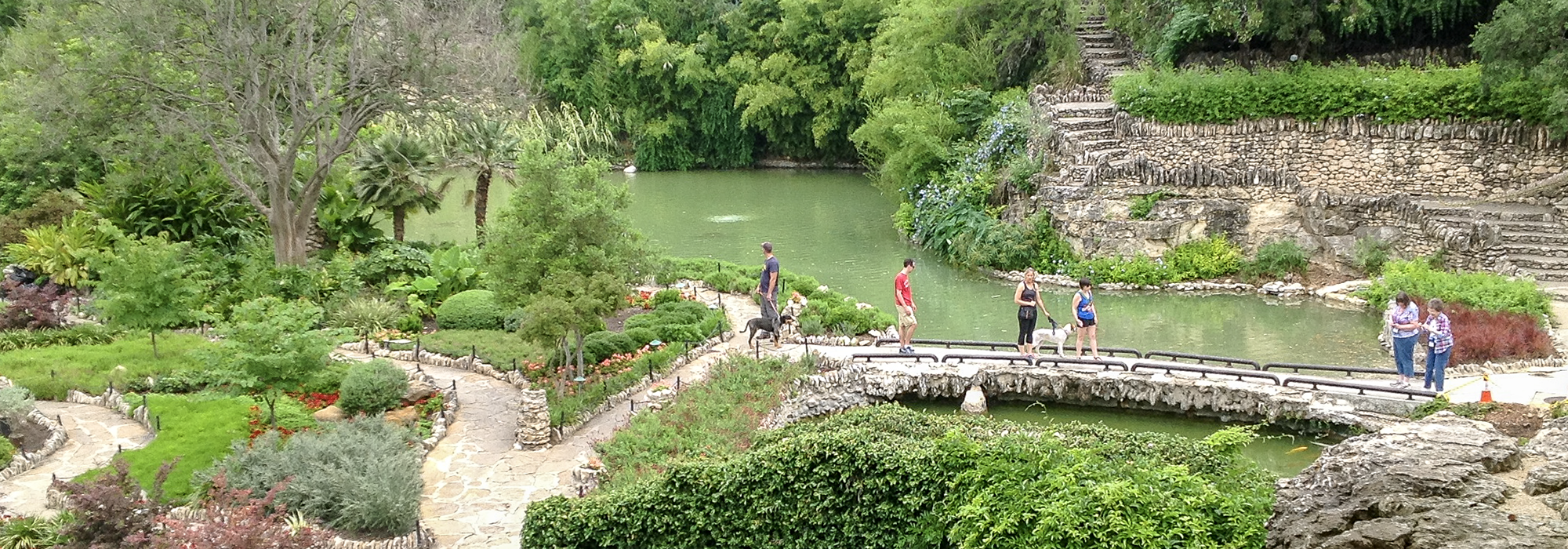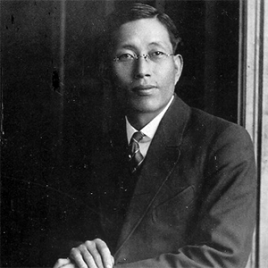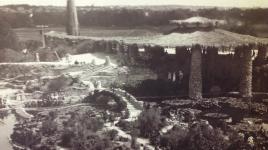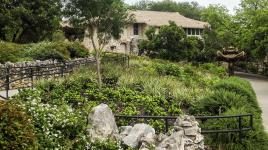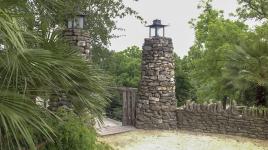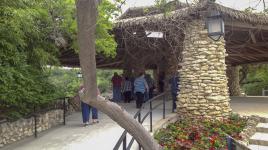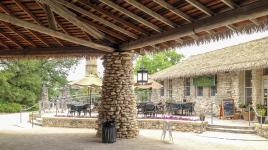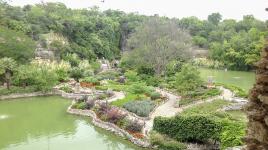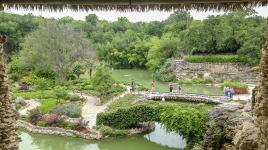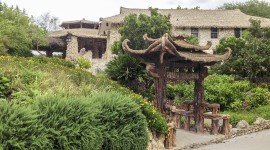Pioneer Information
Born in 1881 in Japan, Jingu immigrated to United States in the early 1900s, at first settling in Seattle, Washington, before moving to Los Angeles, California, where he met his wife, Miyoshi. A watercolor artist fluent in English, Japanese, and Spanish, Jingu moved with his family to San Antonio, Texas, after he completed his service in the U.S. Army during World War I.
In 1915 San Antonio Parks Commissioner Ray Lambert enlisted Jingu to assist in the design of the Japanese Tea Garden in Brackenridge Park. The garden was constructed on an eleven-acre tract donated to the city that same year, adjacent to an abandoned quarry. Built using prison labor, donated plants, and rocks from the quarry, the new sunken gardens were transformed into a lush landscape with limestone bridges, ponds stocked with Japanese koi, a Japanese pagoda-style pavilion, and a 60-foot-high waterfall. Jingu, Miyoshi, and their eight children were subsequently invited to reside in the garden as caretakers in residence, where they operated a teahouse called the Bamboo Room. The Jingus not only maintained the tourist attraction, they also conducted informal diplomacy, representing the city to visiting Japanese dignitaries, and they attended the Chicago World’s Fair in 1934, representing the city and its Japanese community.
By 1936 Jingu had become nationally recognized for his knowledge of teas. After his death in 1938, his family remained at the garden until the attack on Pearl Harbor in 1941, after which they were evicted, and the park was renamed the Chinese Tea Garden. Jingu is buried in San Antonio’s San Fernando Cemetery No. 3. In 2007 the former family home was rededicated as The Jingu House.



